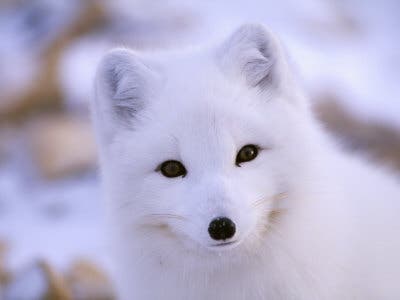
Global warming shows more and more effects with eacy passing day. Russian arctic foxes are threatened by their red relatives, for the first time. For the first time in history, a red fox has been seen intruding on an arctic fox breeding den.
The arctic fox is not prepared for a fight, because they are smaller and developed differently, to adapt to the conditions of the freezing Arctic regions. But as temperatures continue to drop, the arctic fox is forced to retreat further and further, while red fox populations continue to expand. Where the two populations overlap, there’s no question about who is going to win; the arctic fox doesn’t stand a chance.
“We were surprised to meet a red fox in our study area on the Russian Arctic tundra because this species is very rare in such northern territories,” explained researcher Anna Rodnikova.
Cornered by rising temperatures, threatened by humans, with less and less food available each month, arctic foxes now have to face an expanding population of red foxes. If things continue to develop in this way, it hurts me to say it, but there isn’t much of a future for them.
“Most likely climate warming allows red foxes to survive in severe northern conditions, so [they] have an opportunity to expand their range to the North where they dominate over Arctic foxes.”







